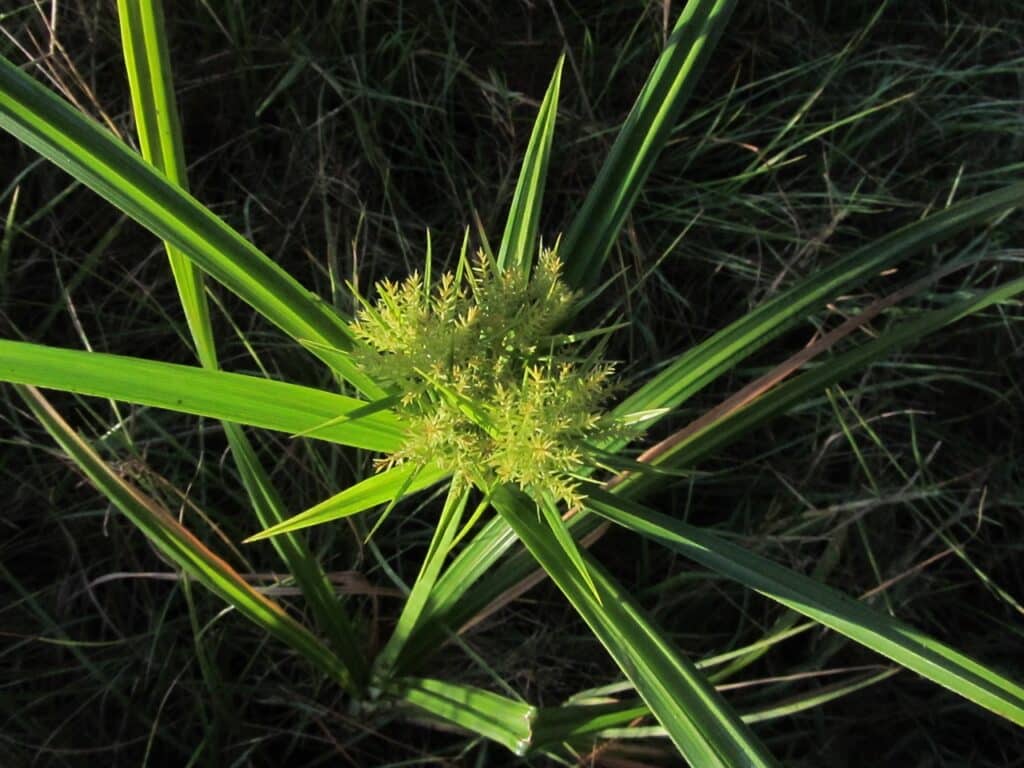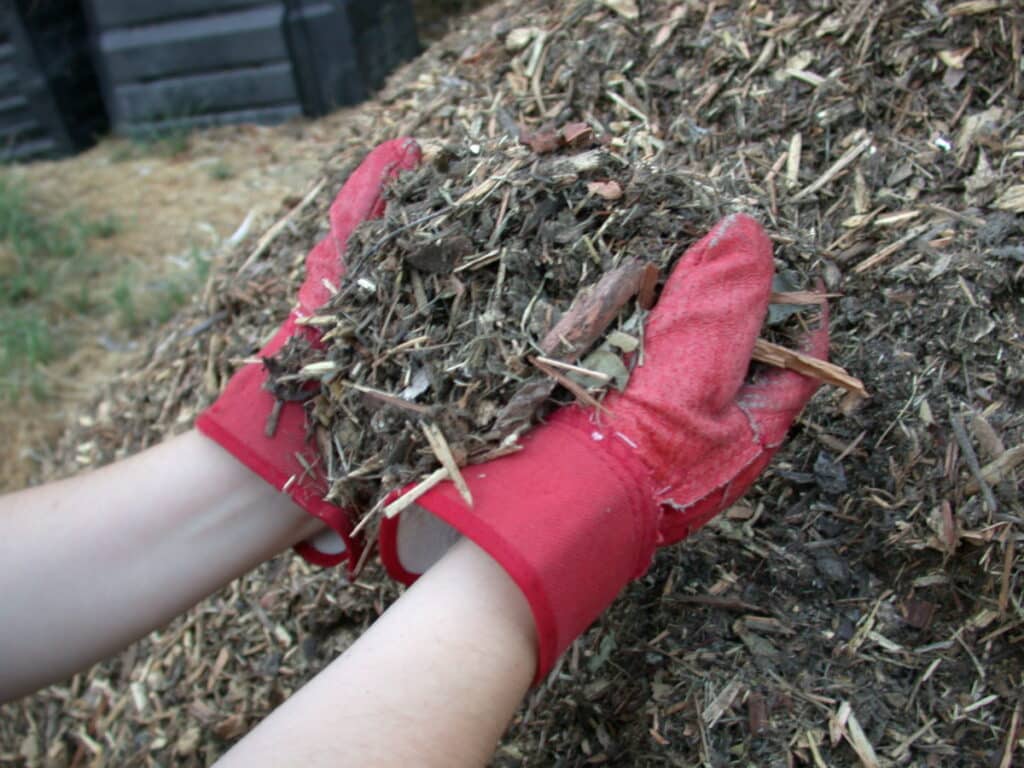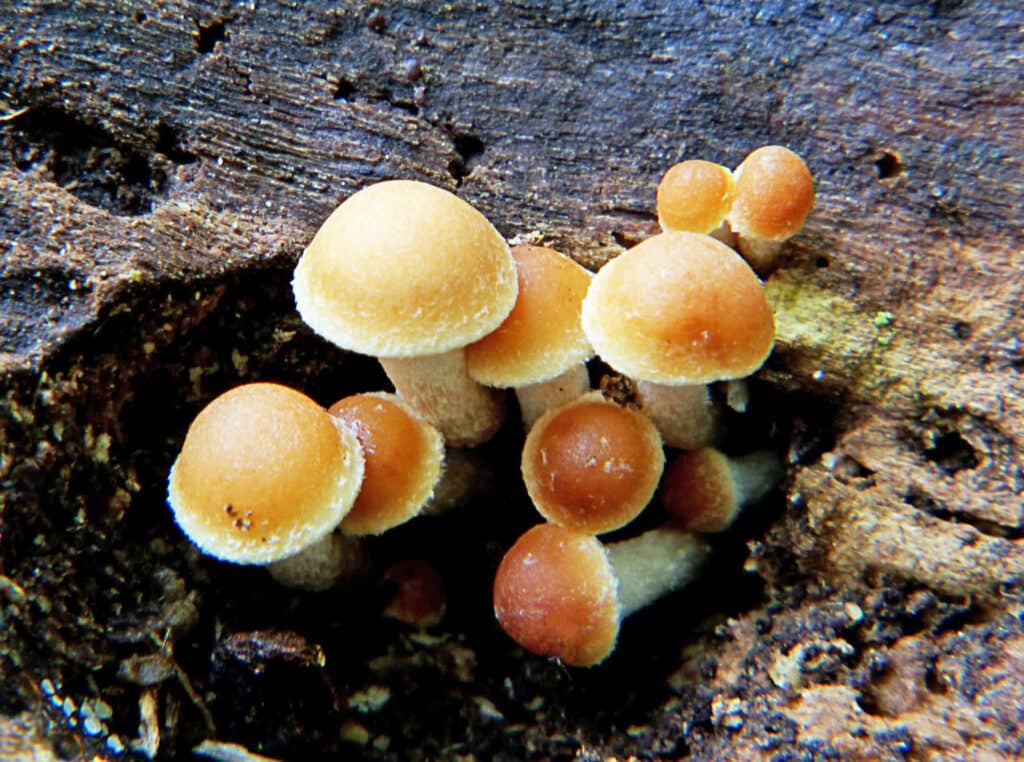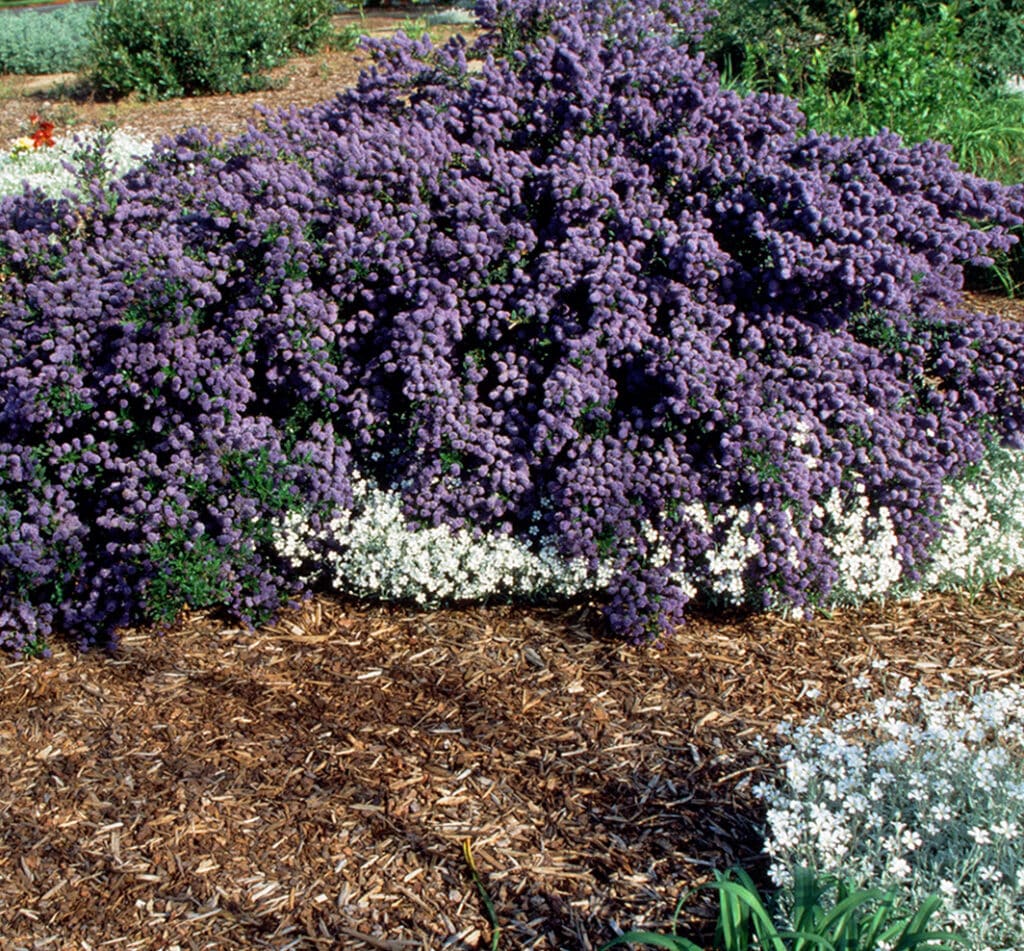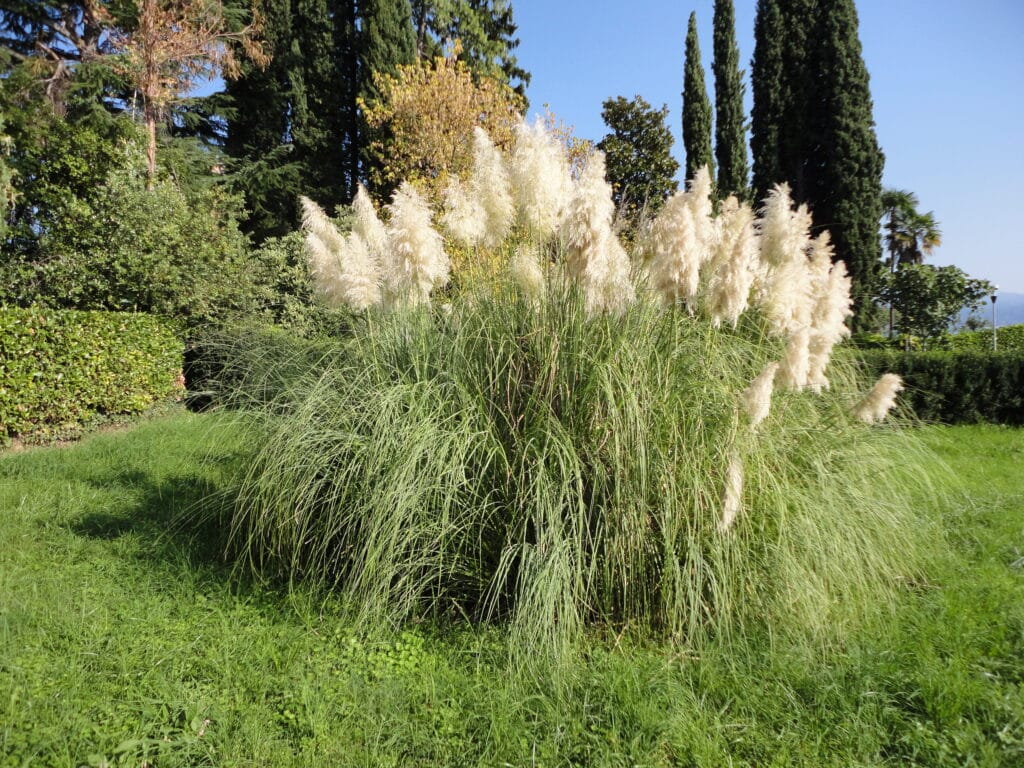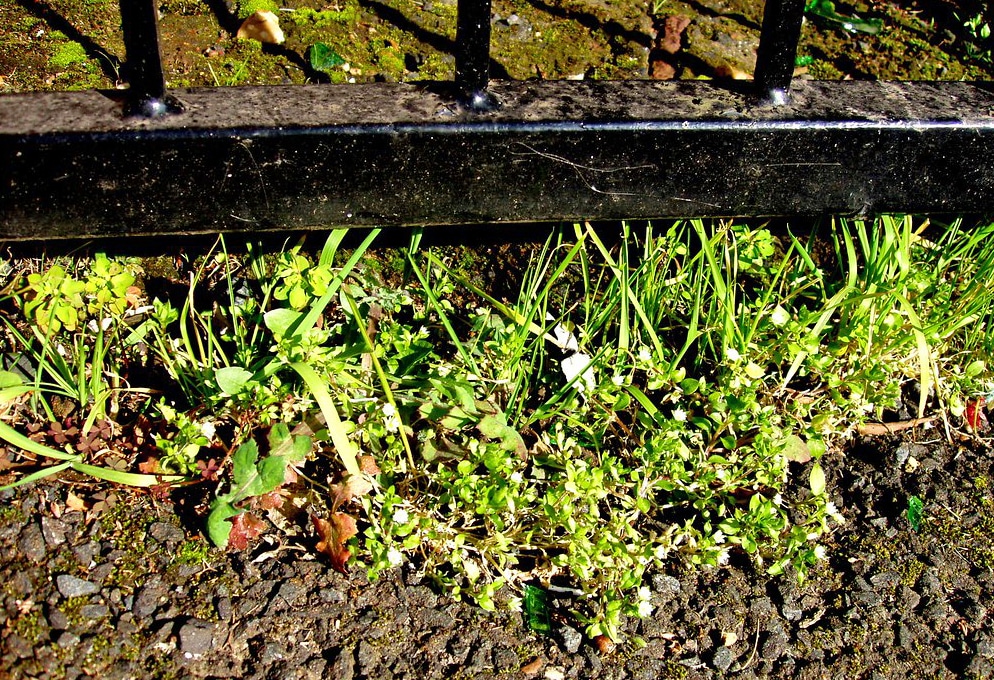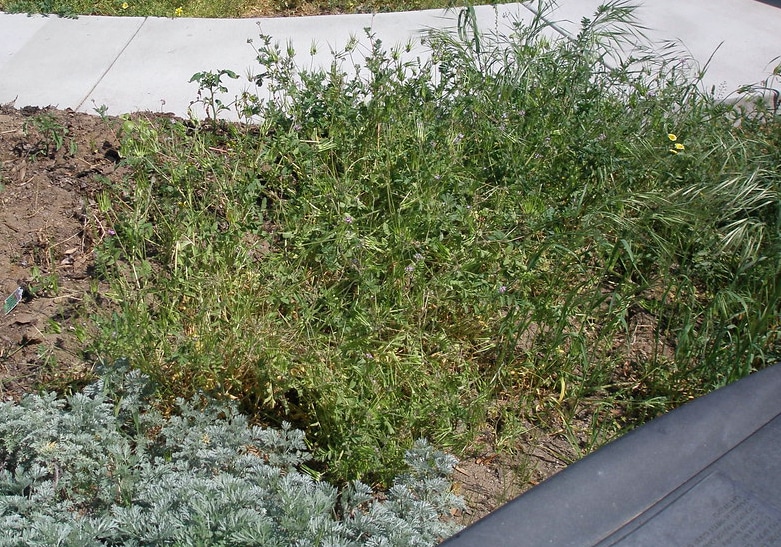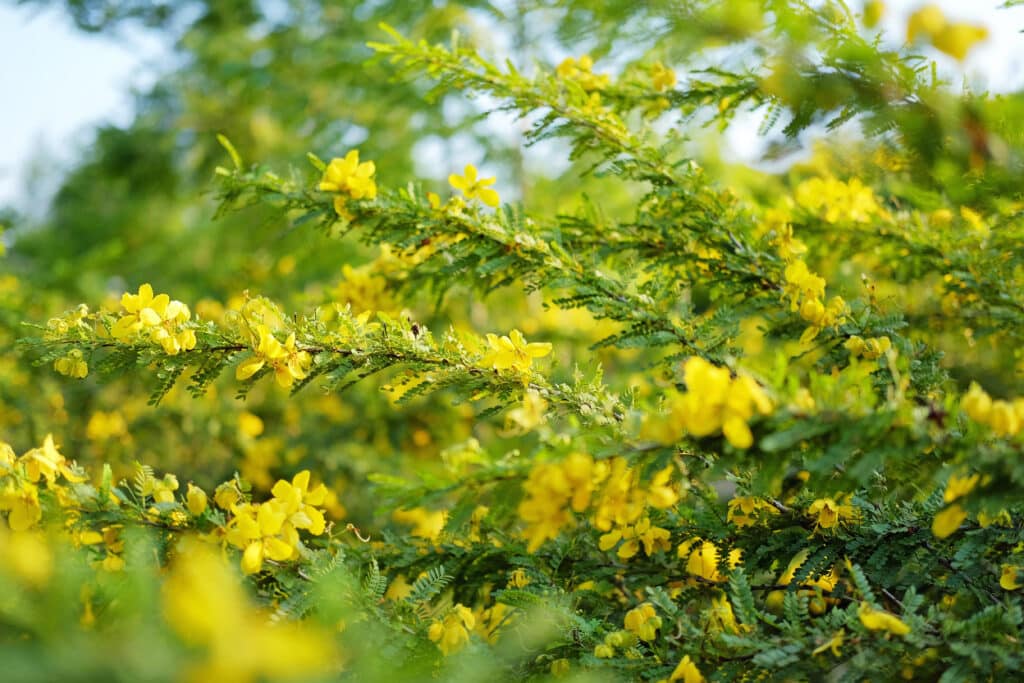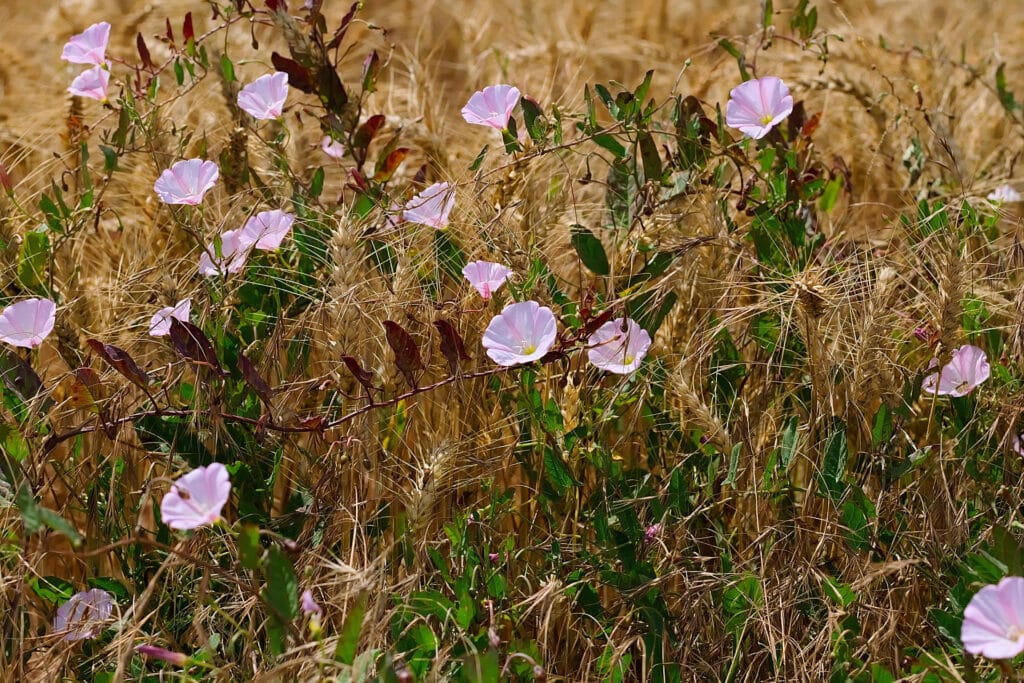These are Challenging Weeds!
If you’ve got a soggy area in your yard, you might see nutsedges, a perennial weed that thrives in waterlogged soil and can indicate leaking irrigation. Sometimes called nutgrass, they are true sedges with stiff, thick leaves and not grasses, and grow faster than turfgrass species, are lighter in color, and grow upright, causing nonuniform […]
These are Challenging Weeds! Read More »
